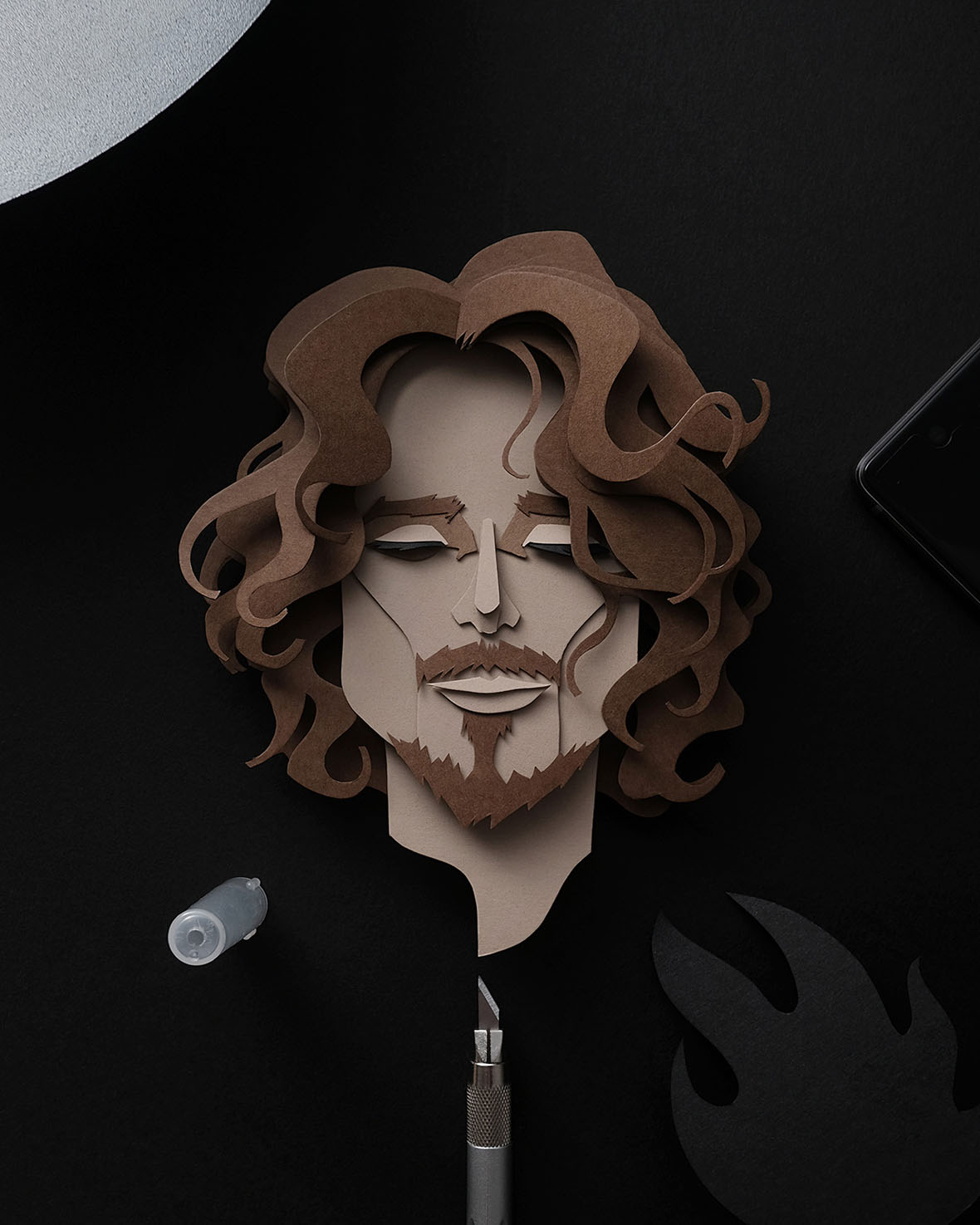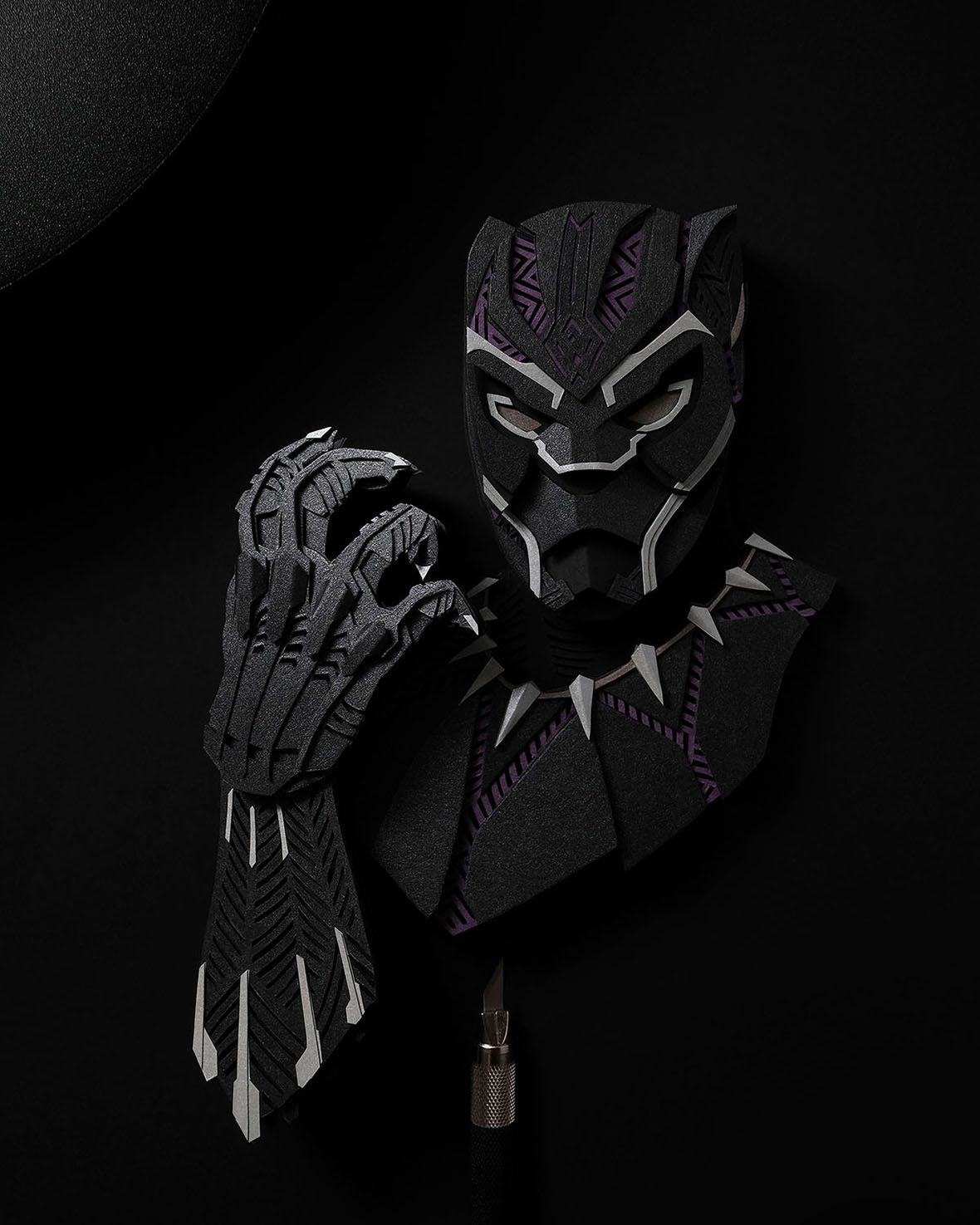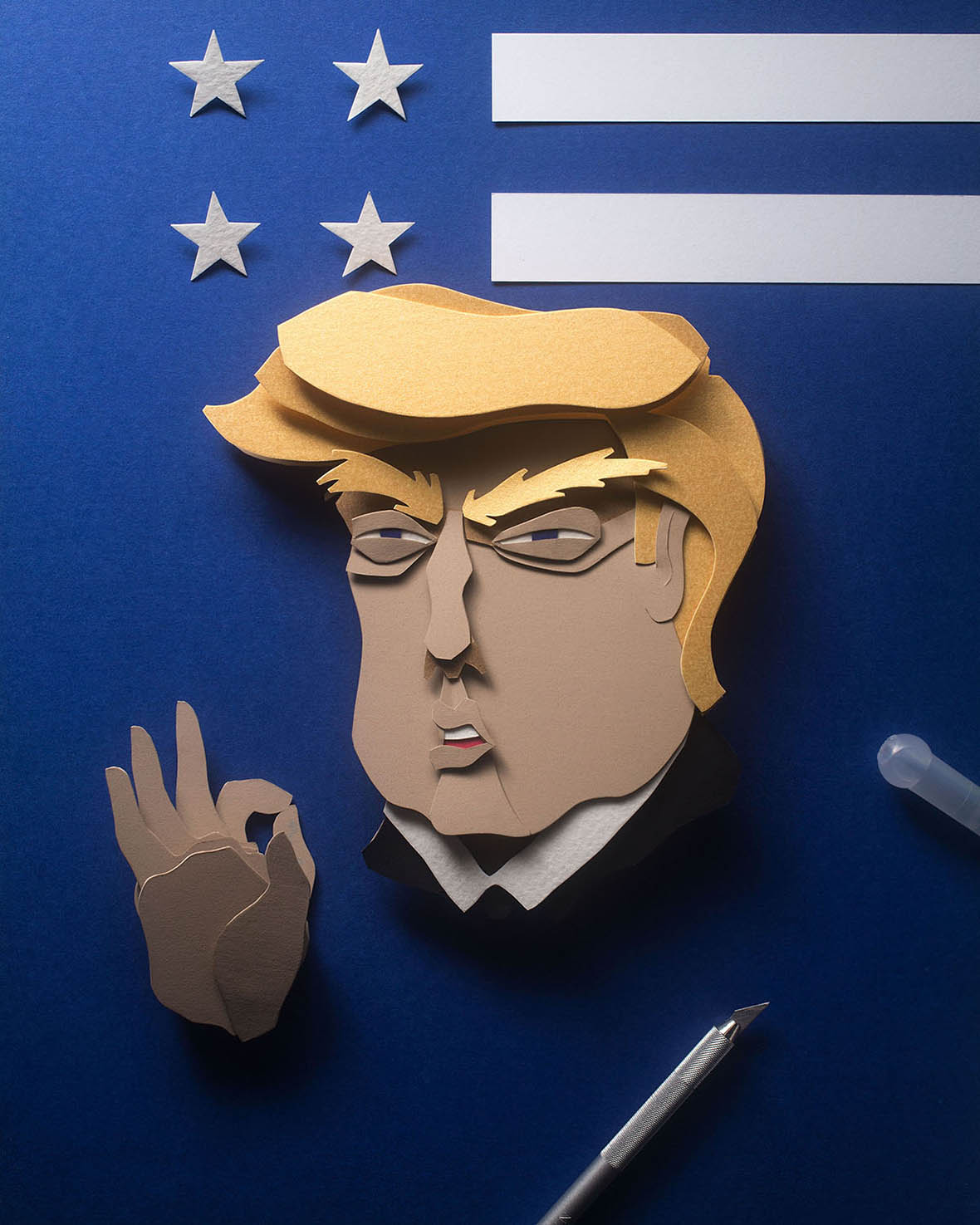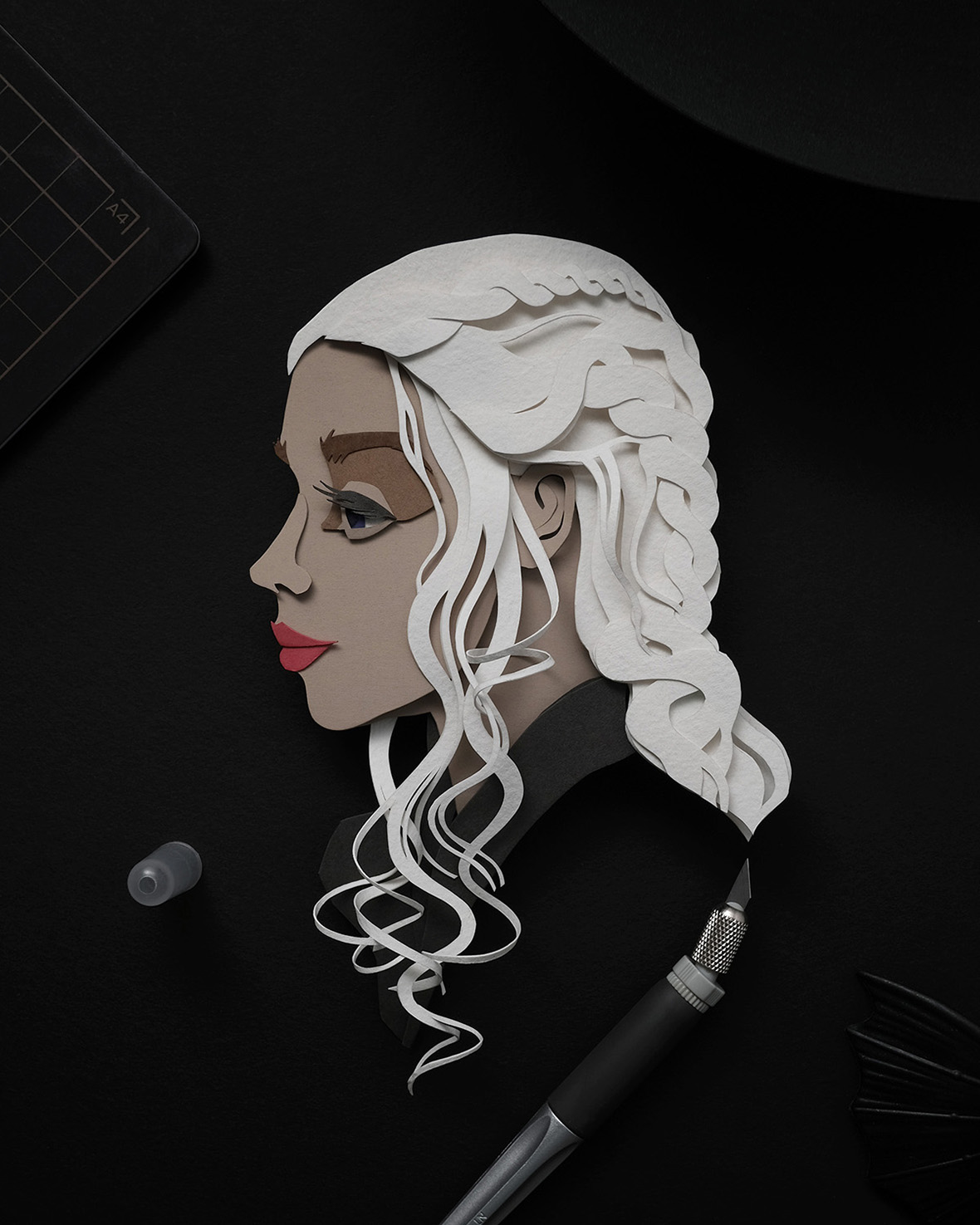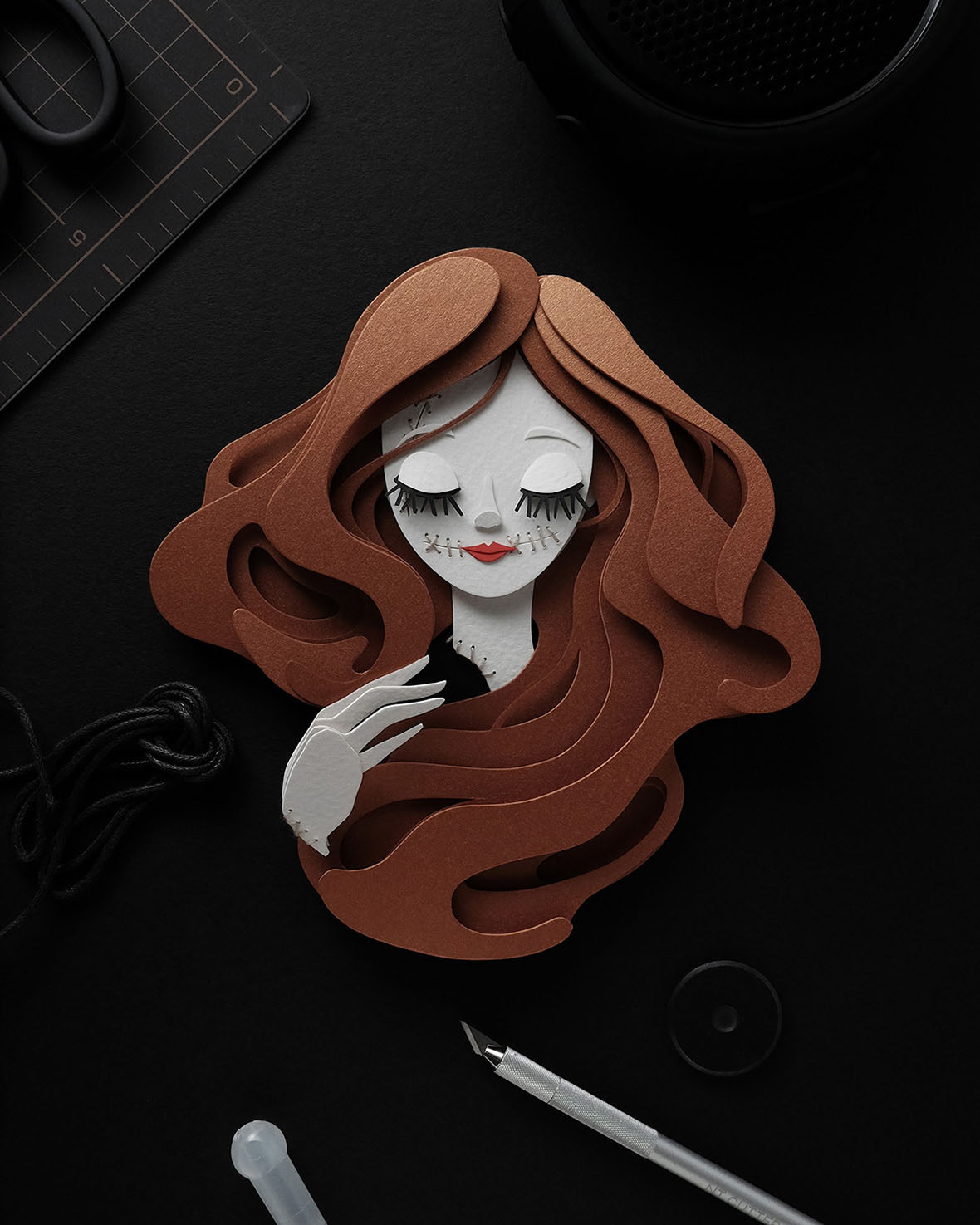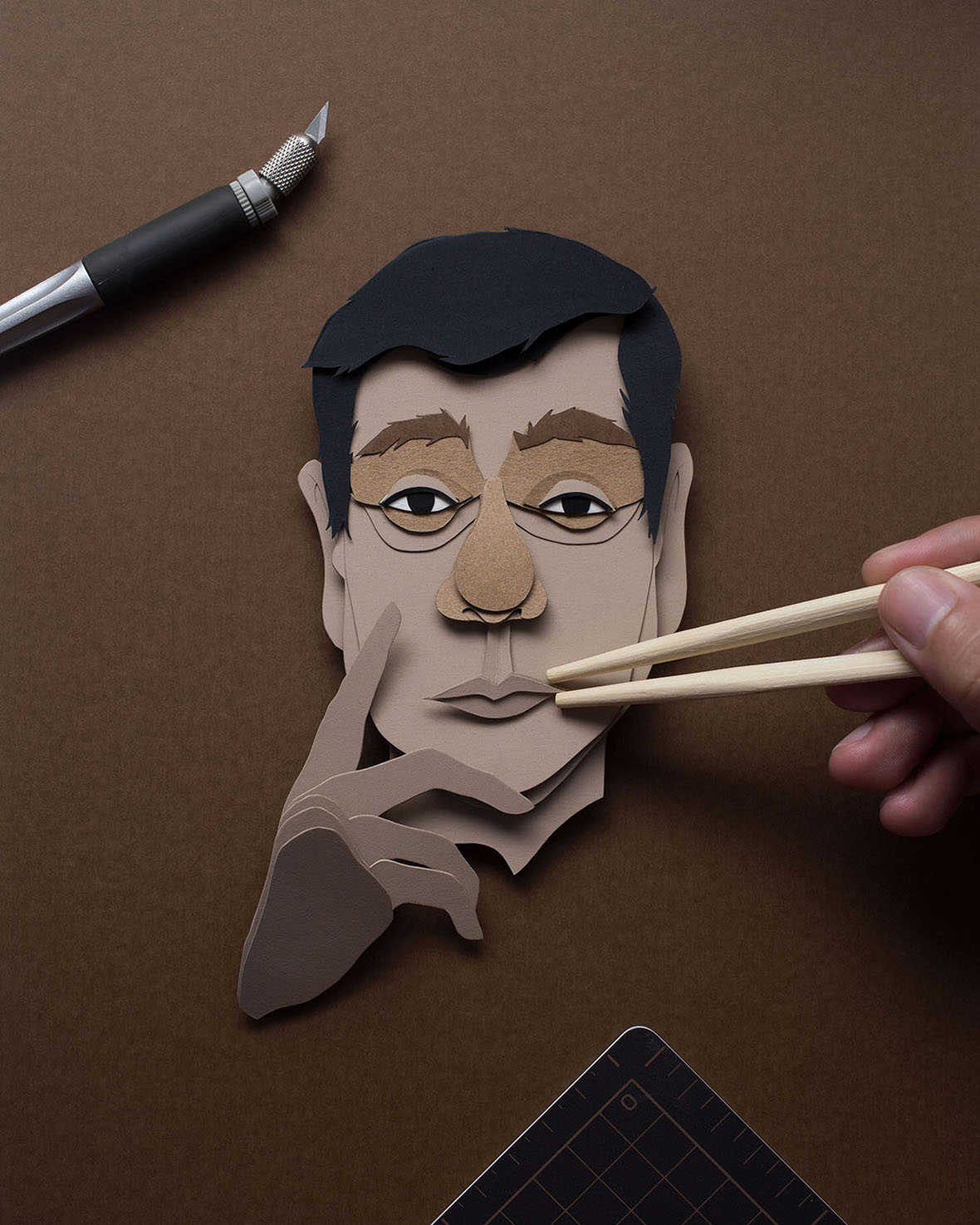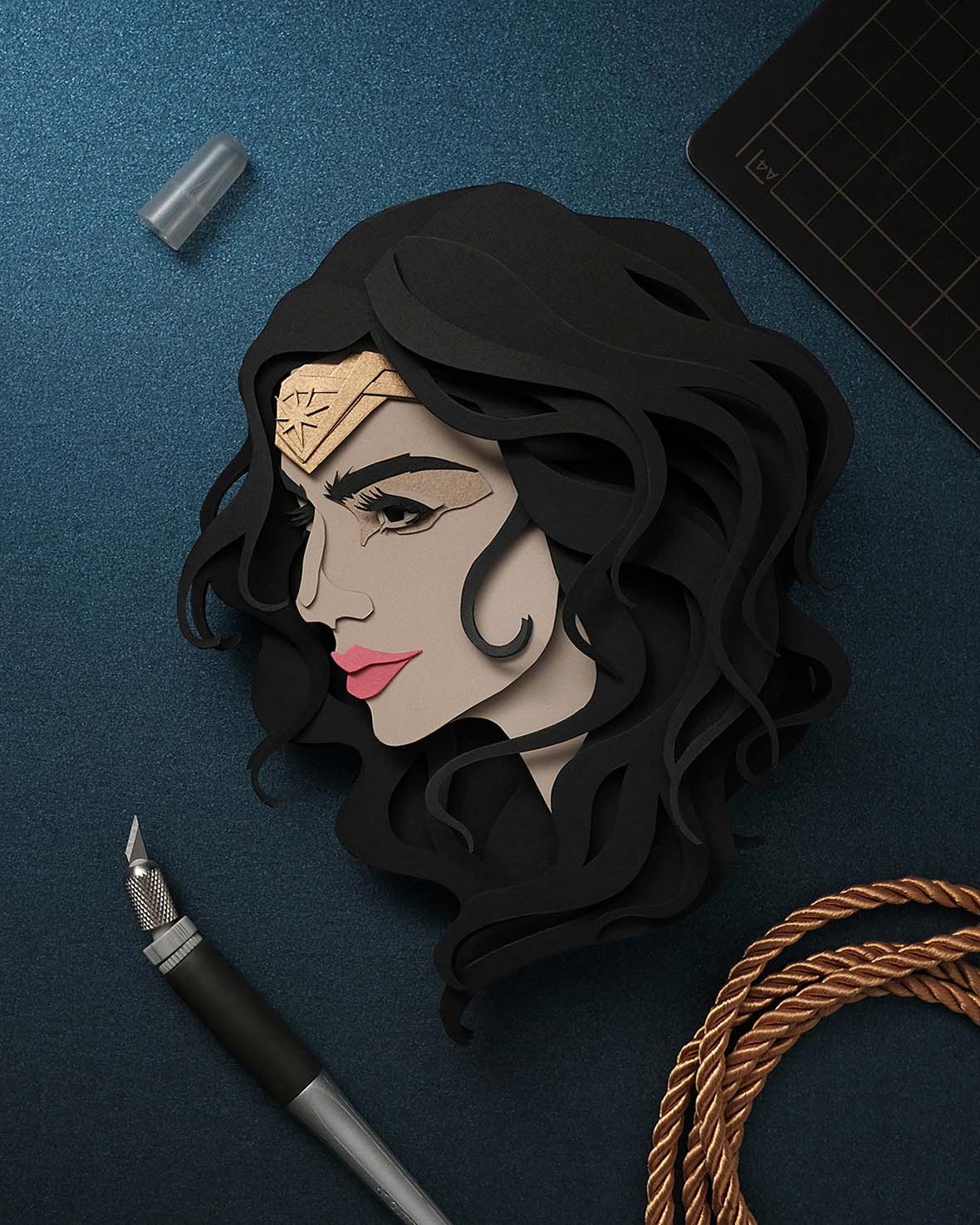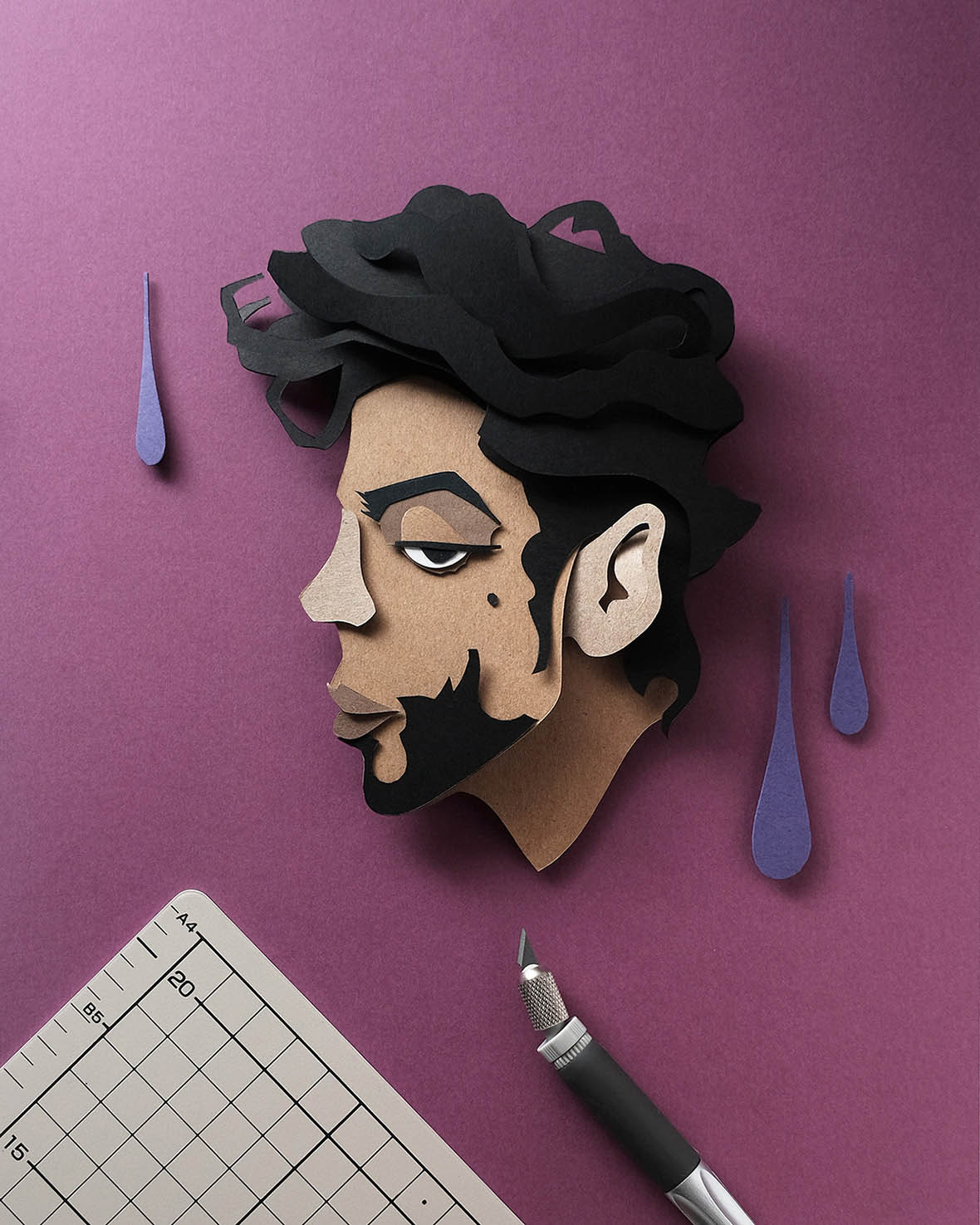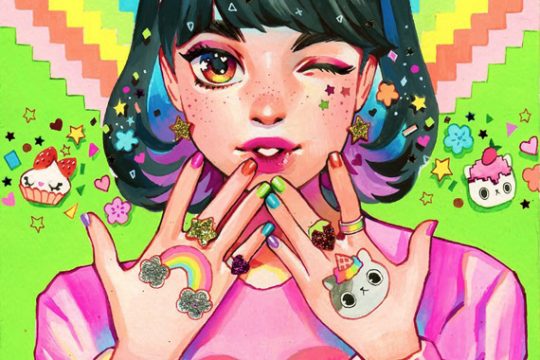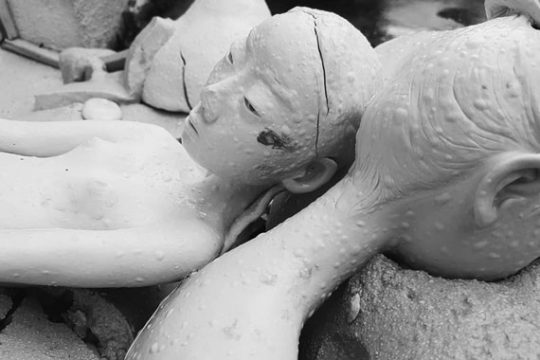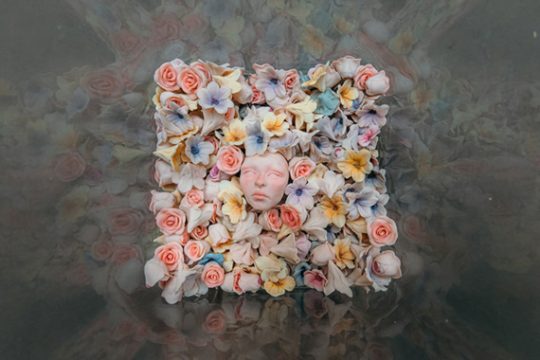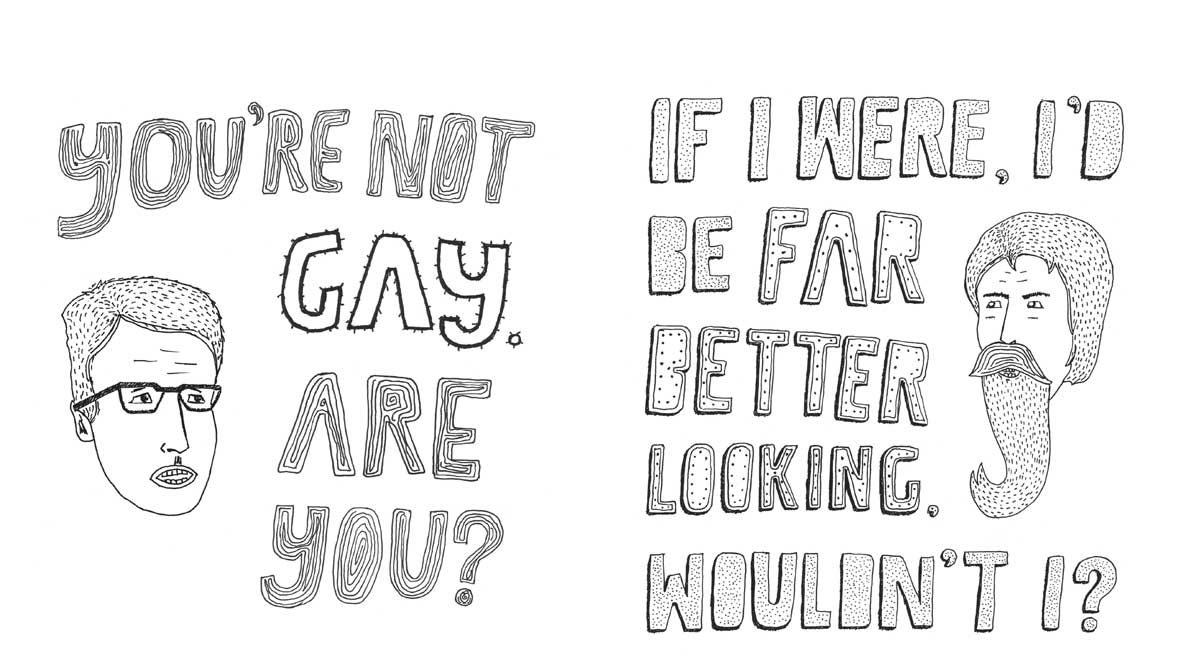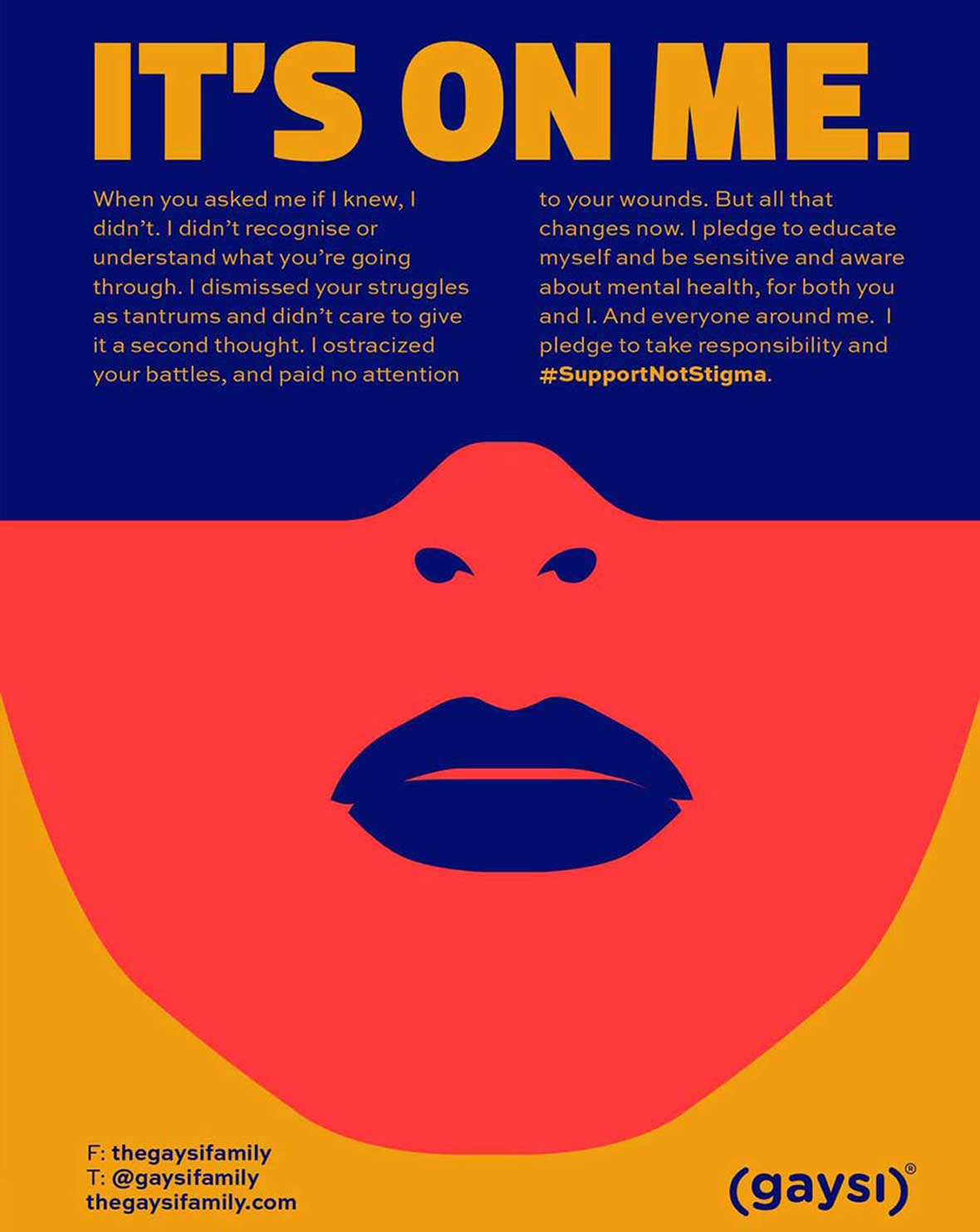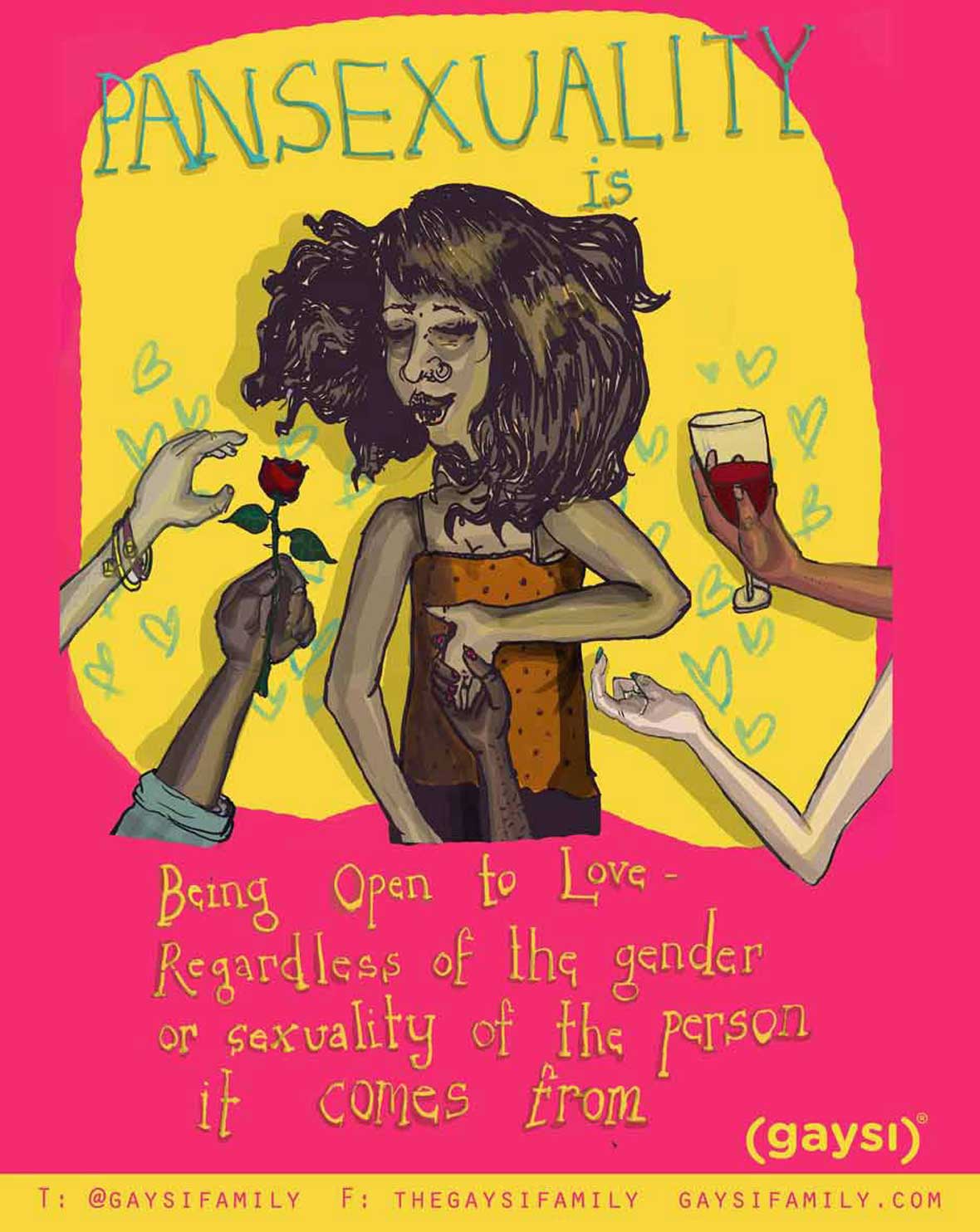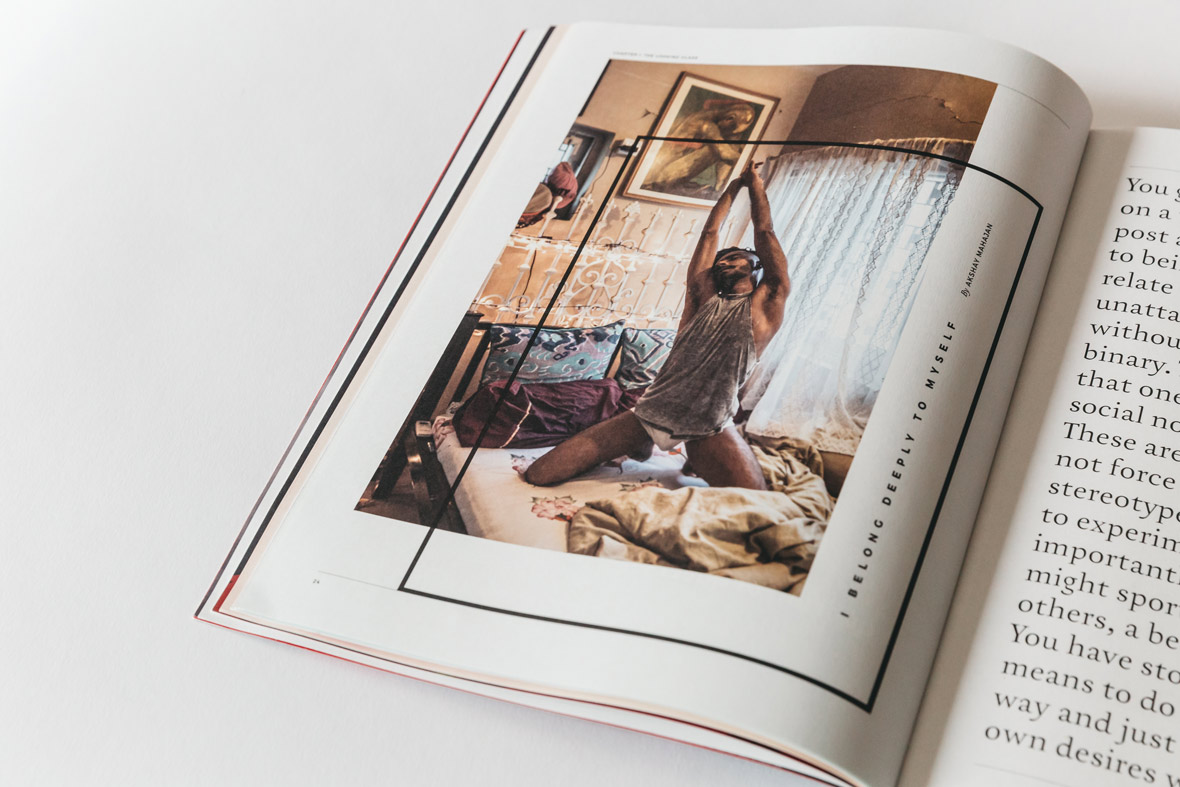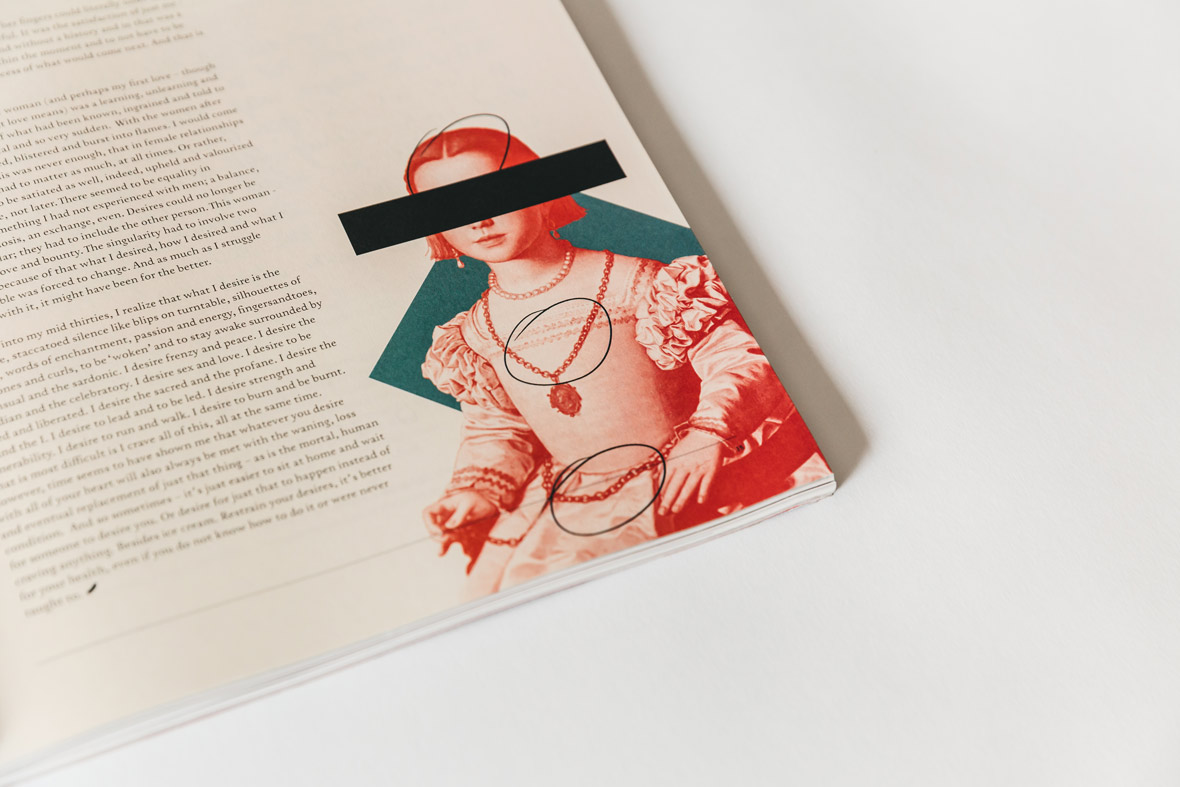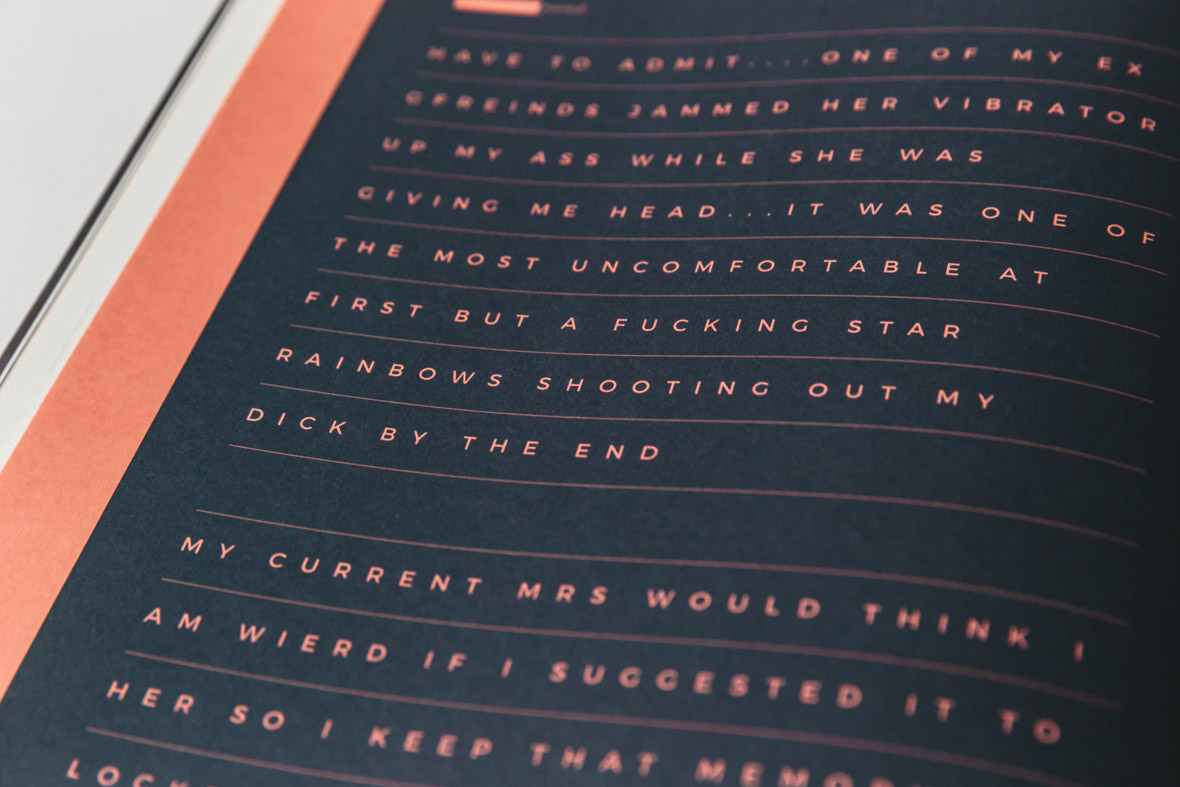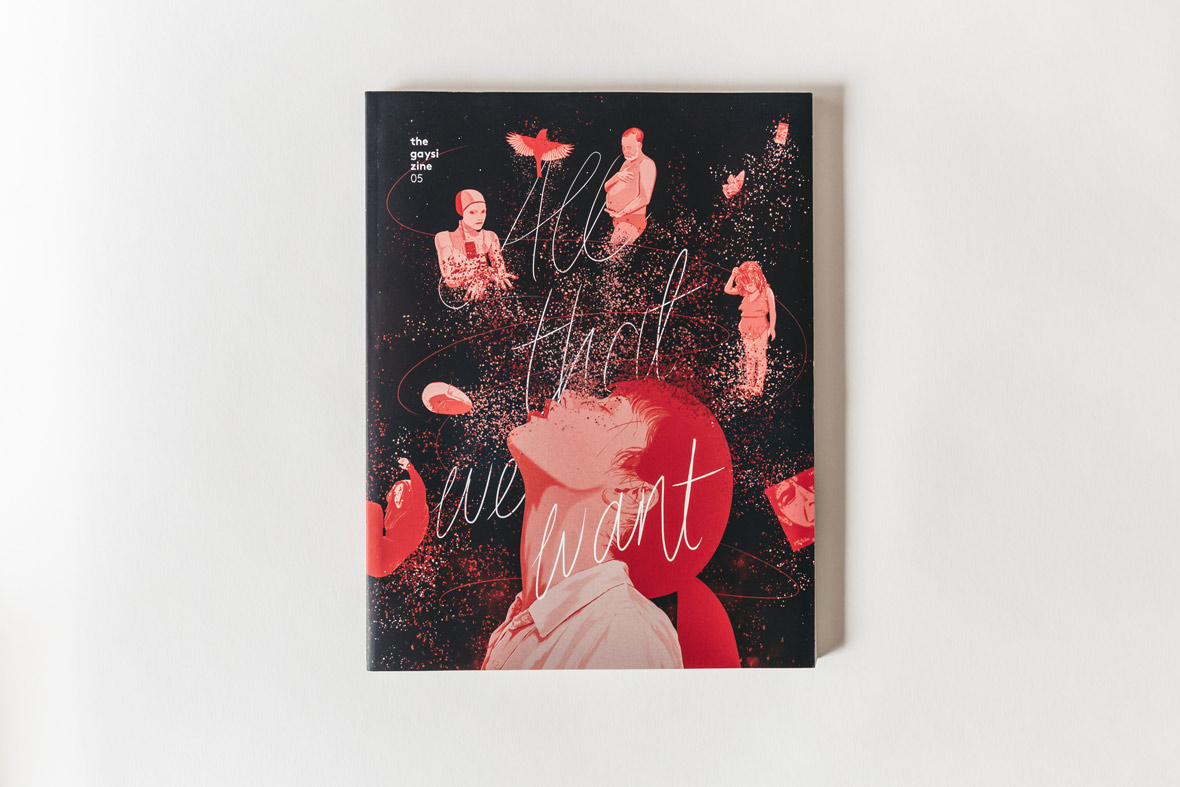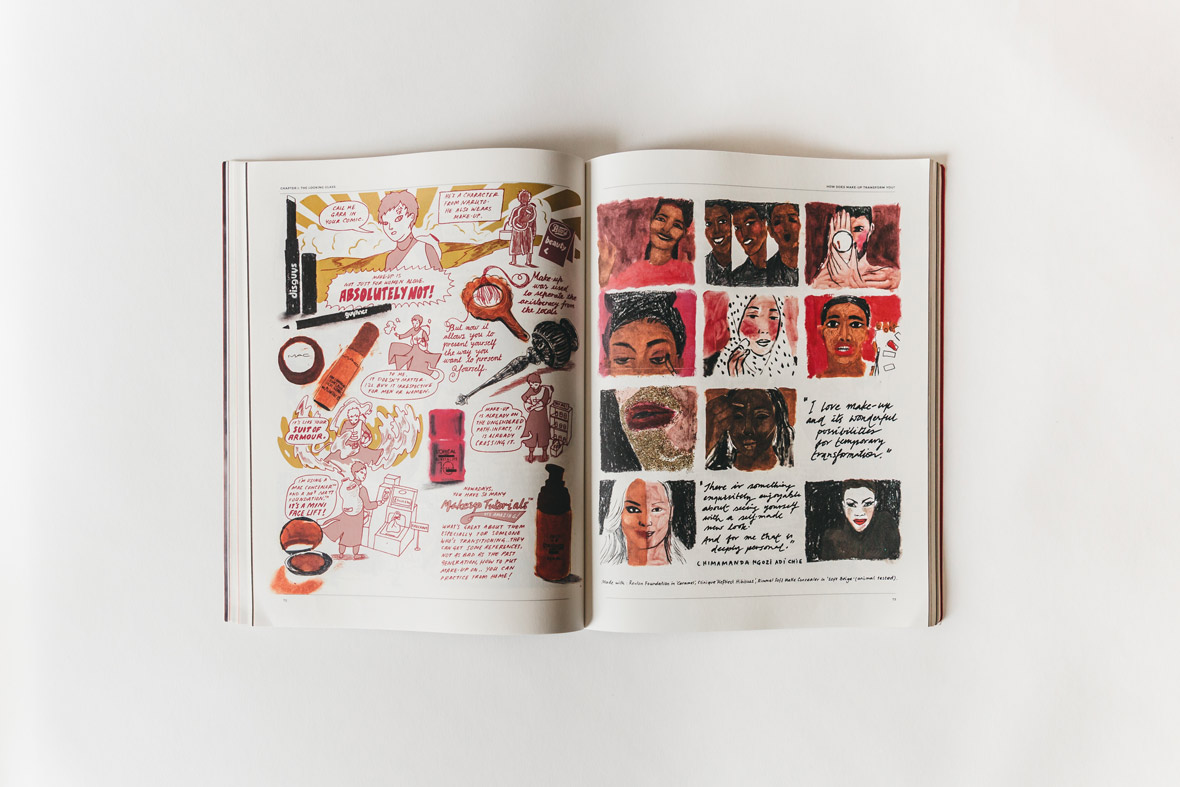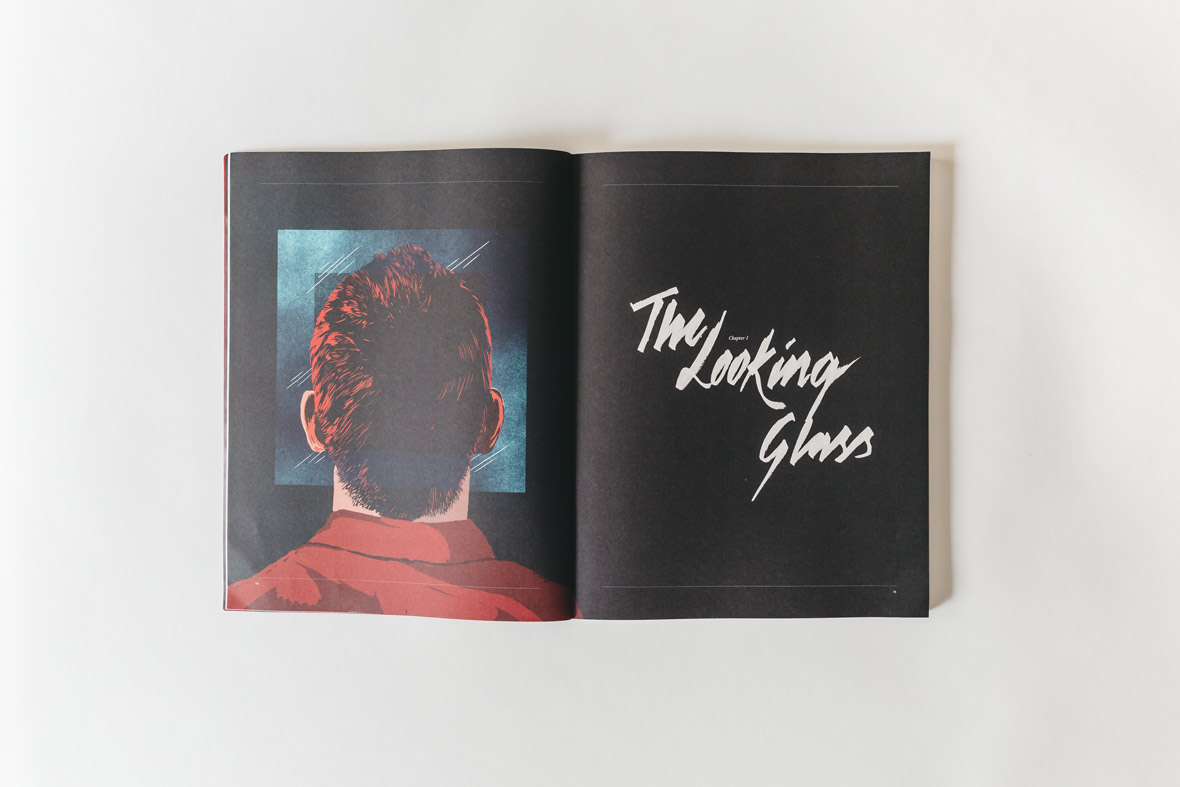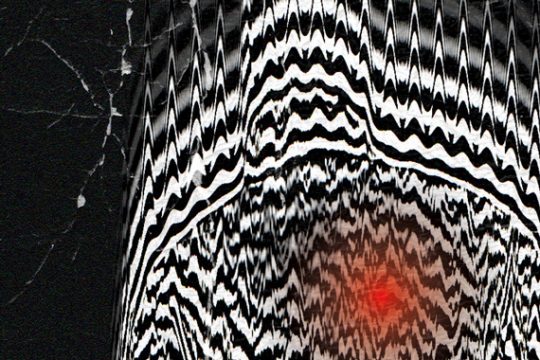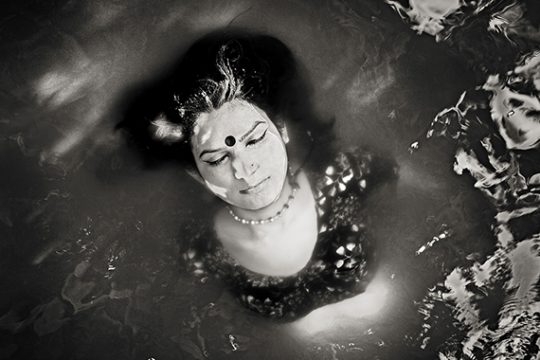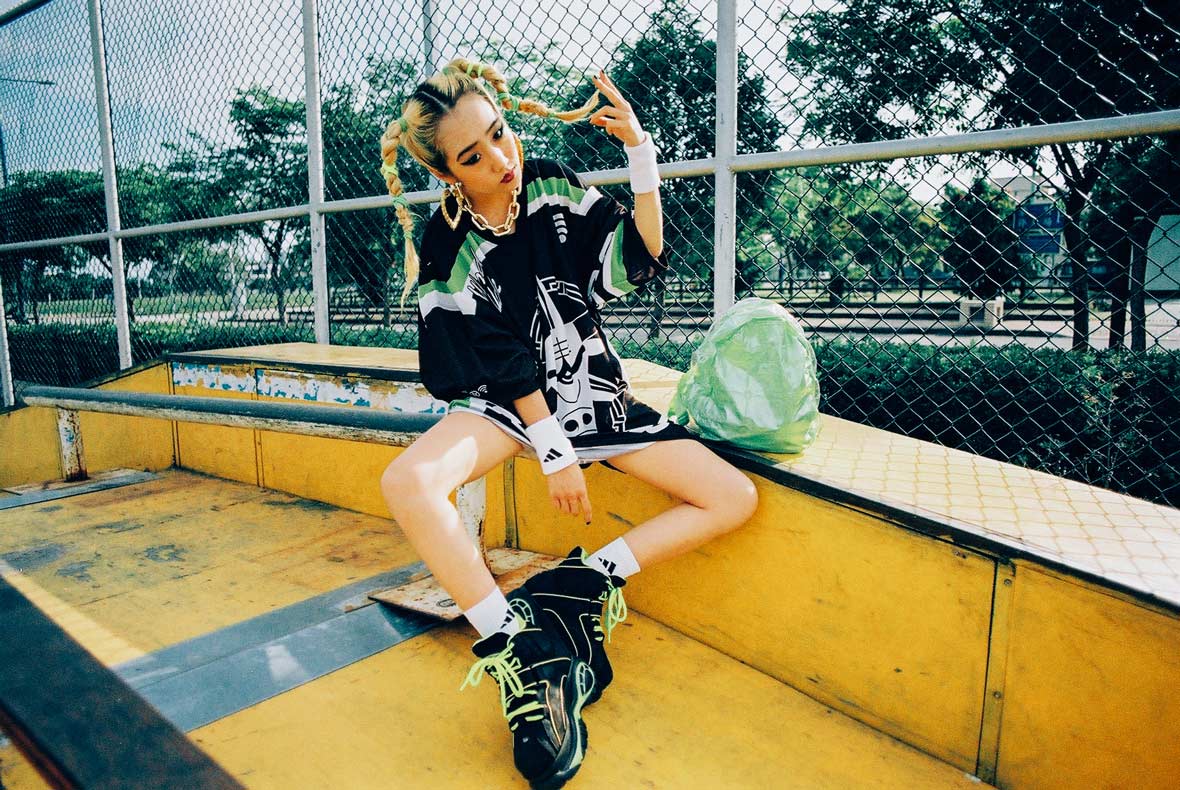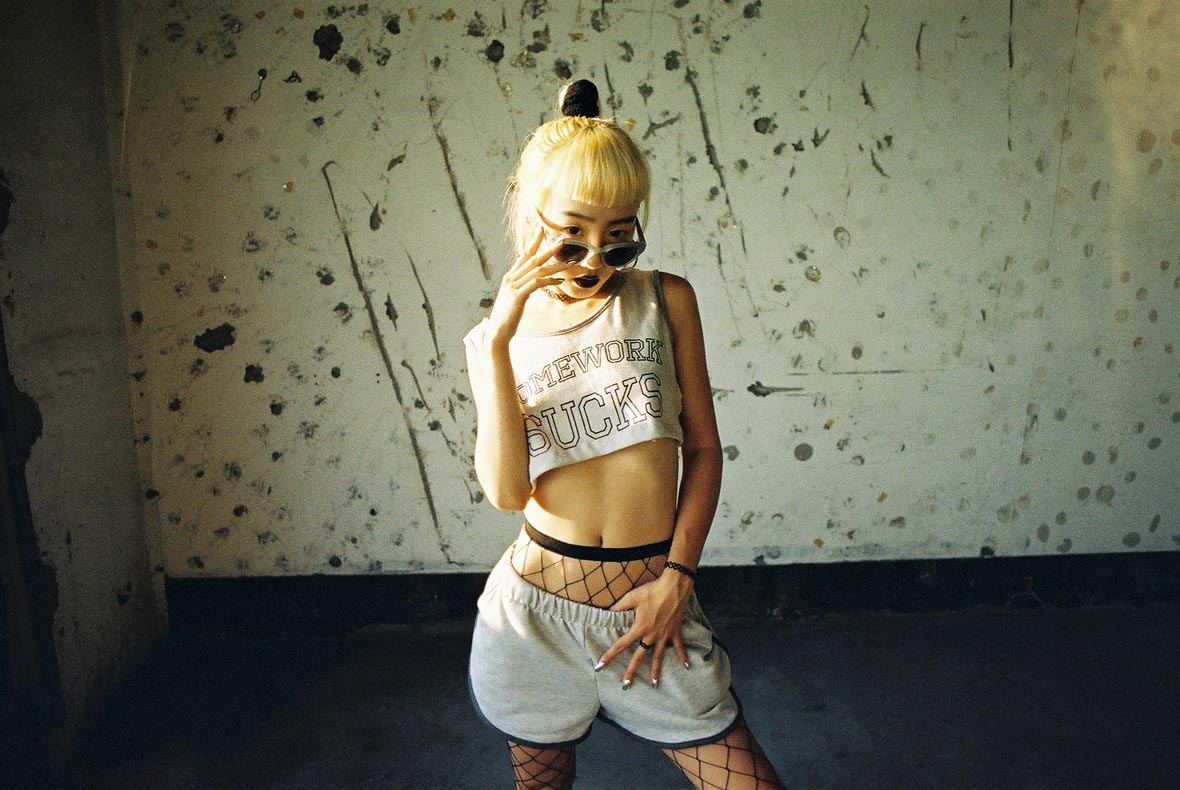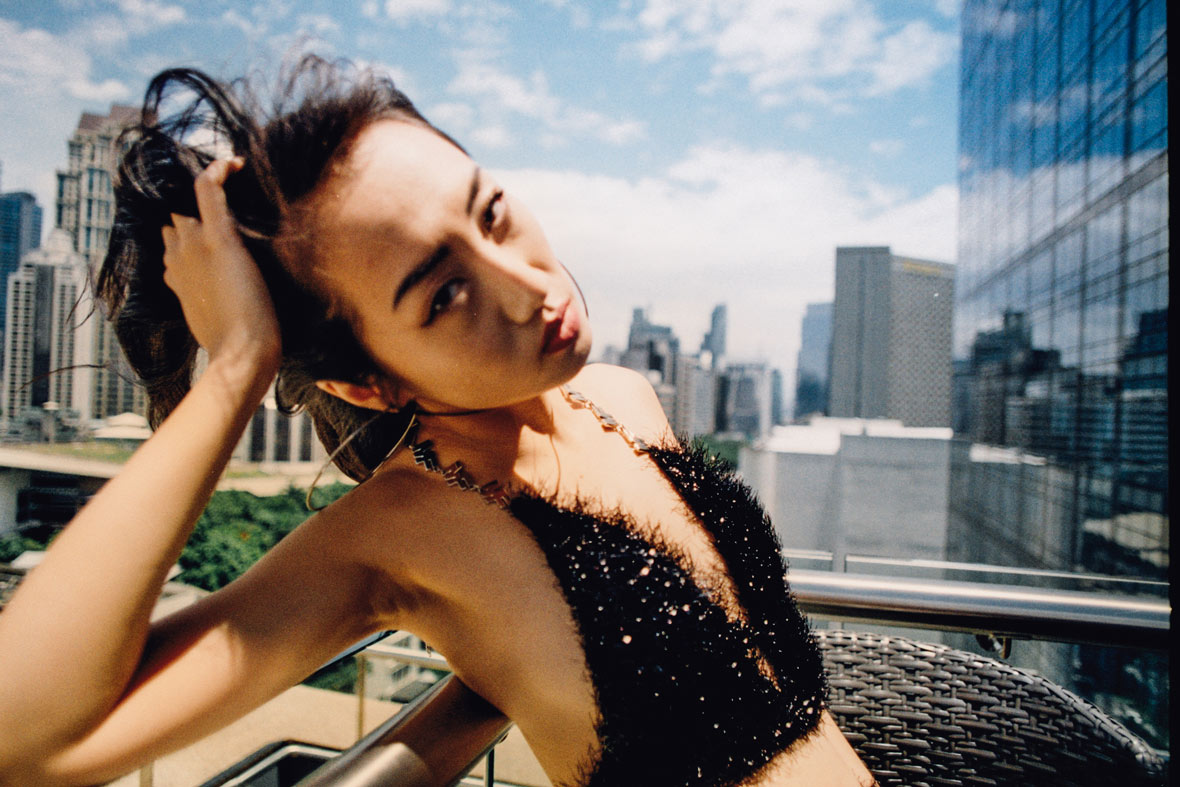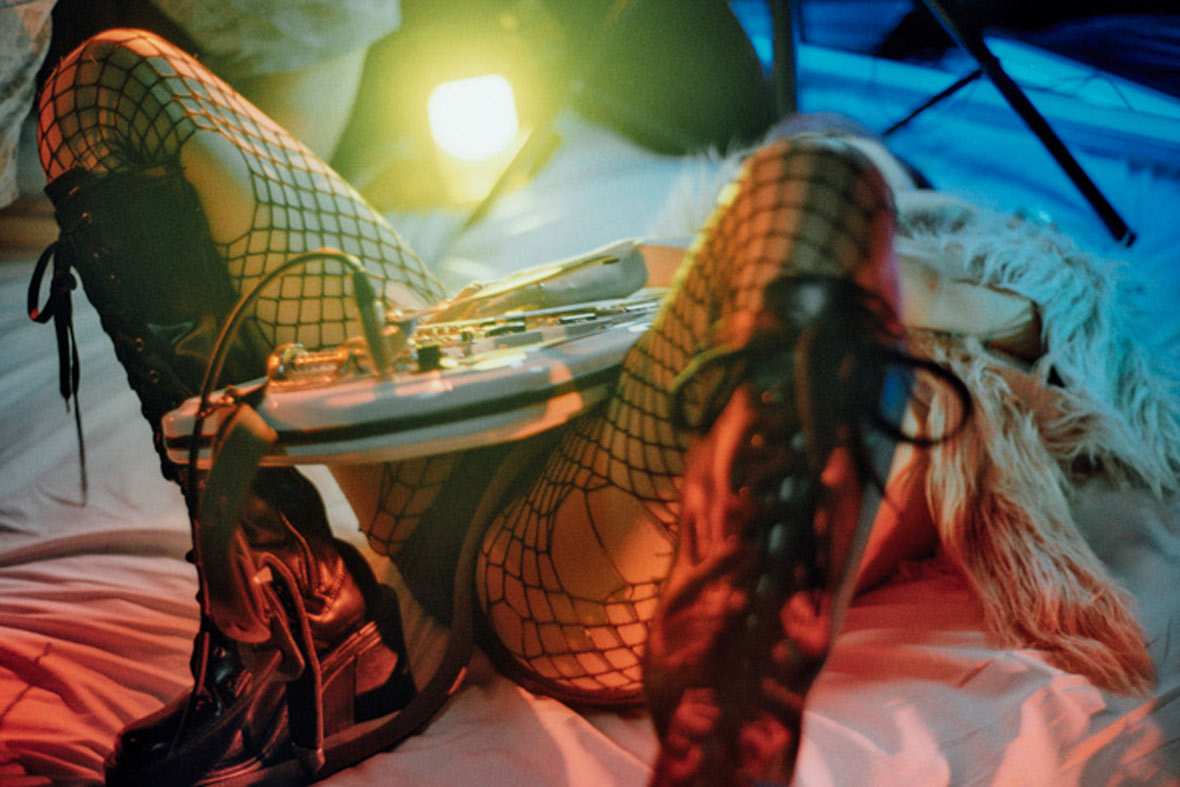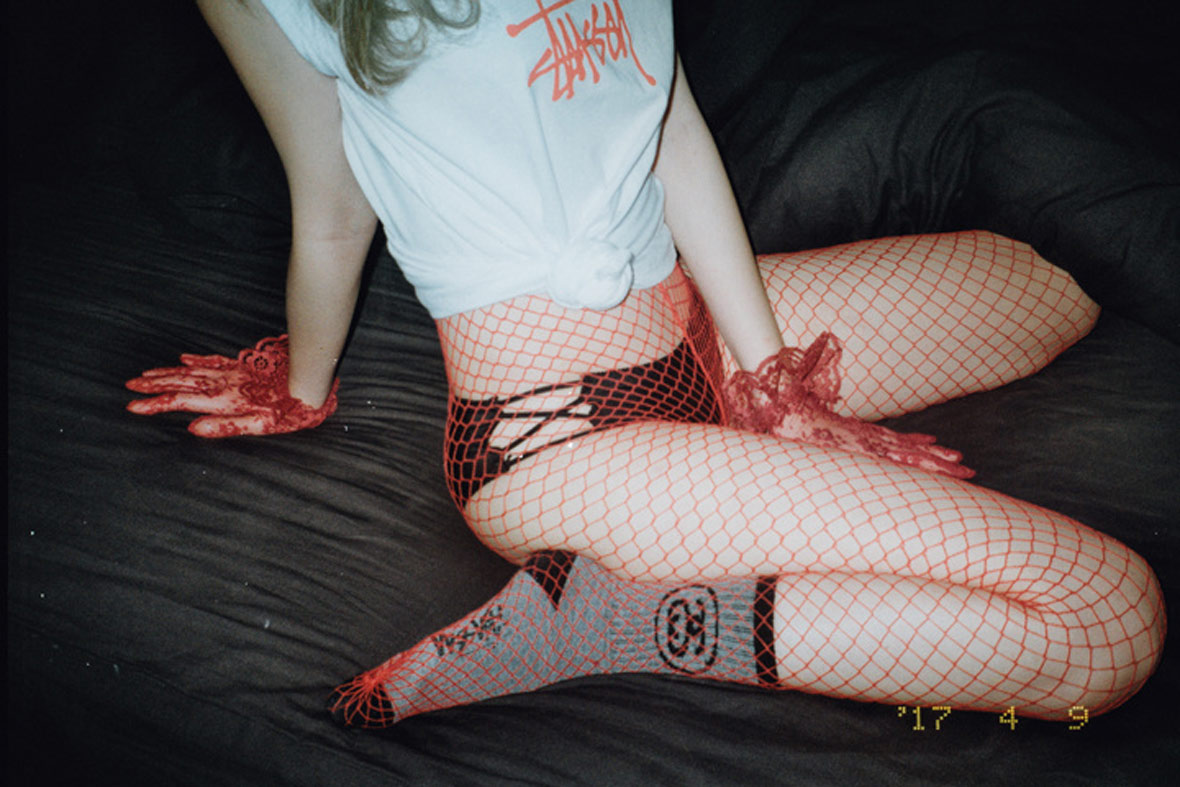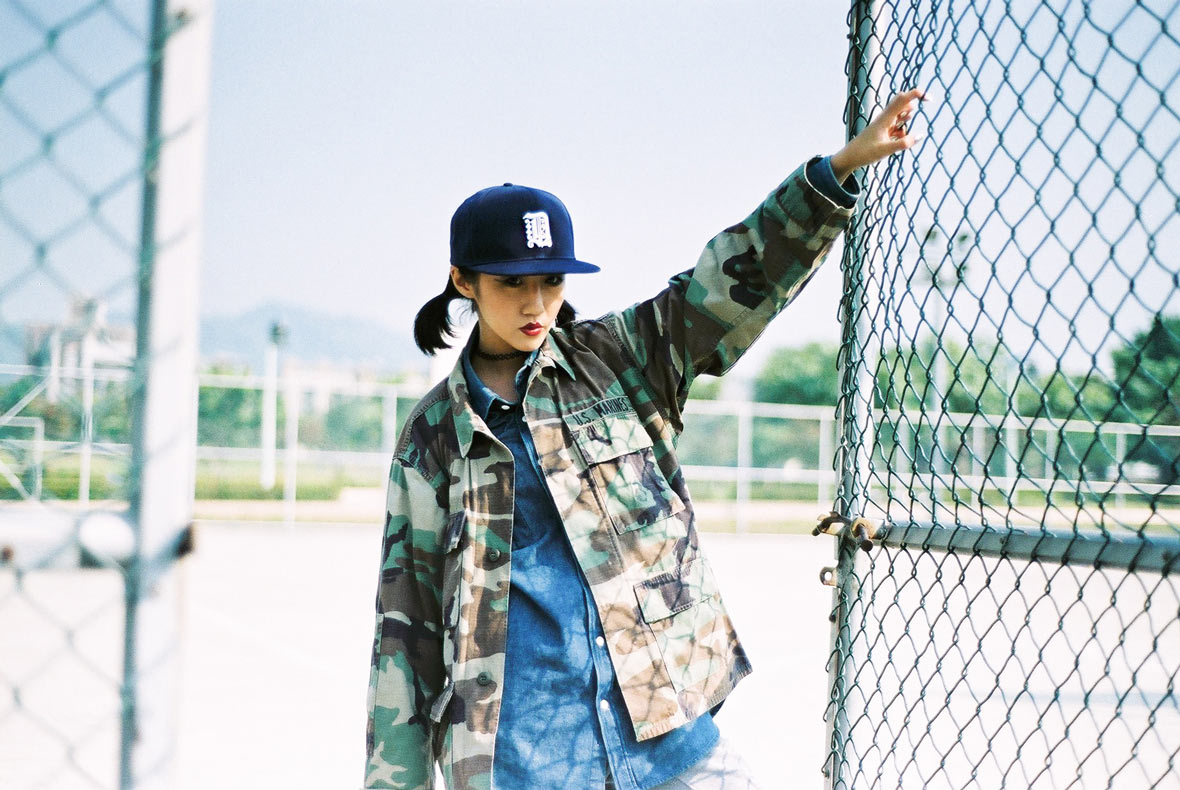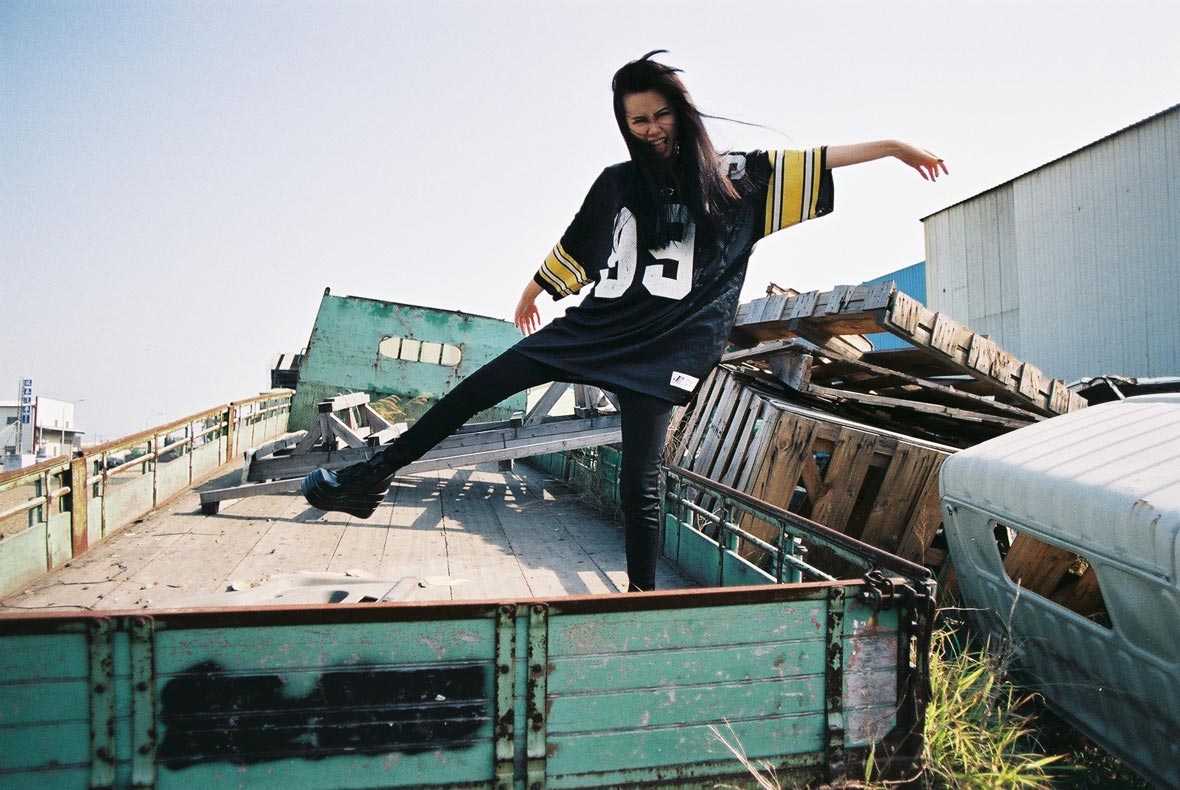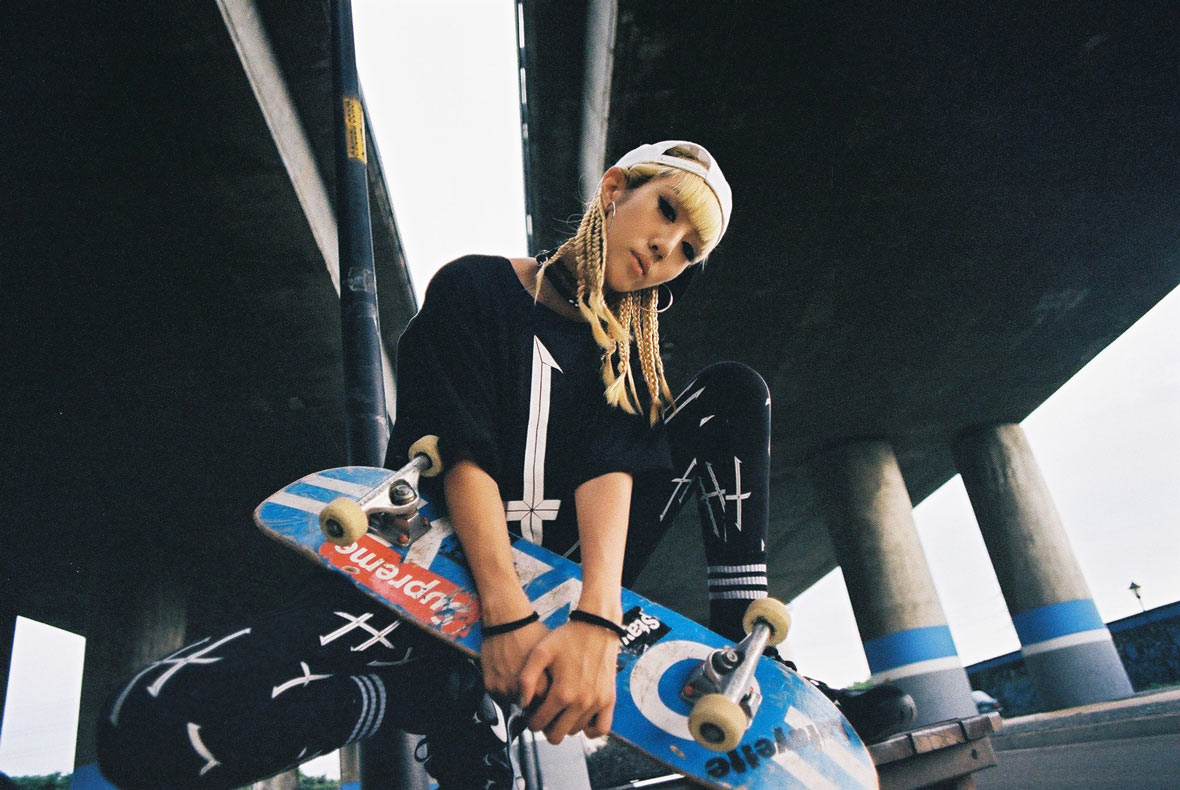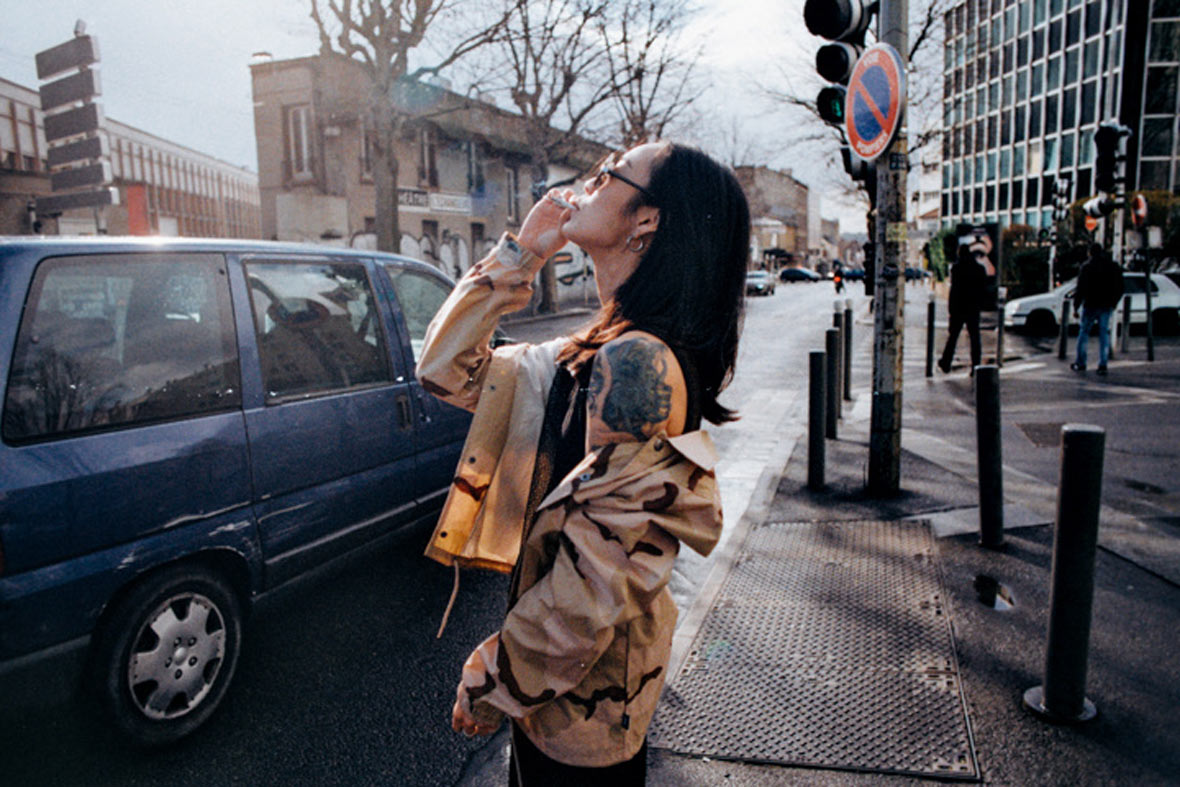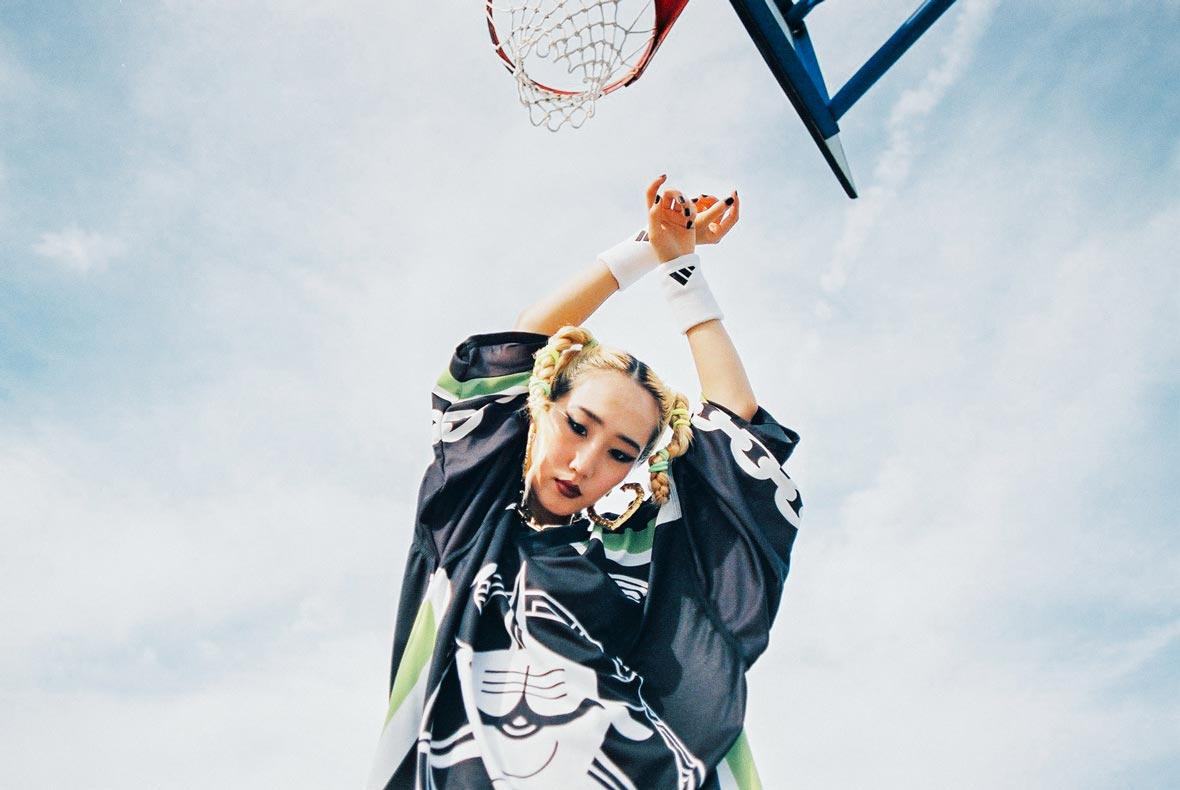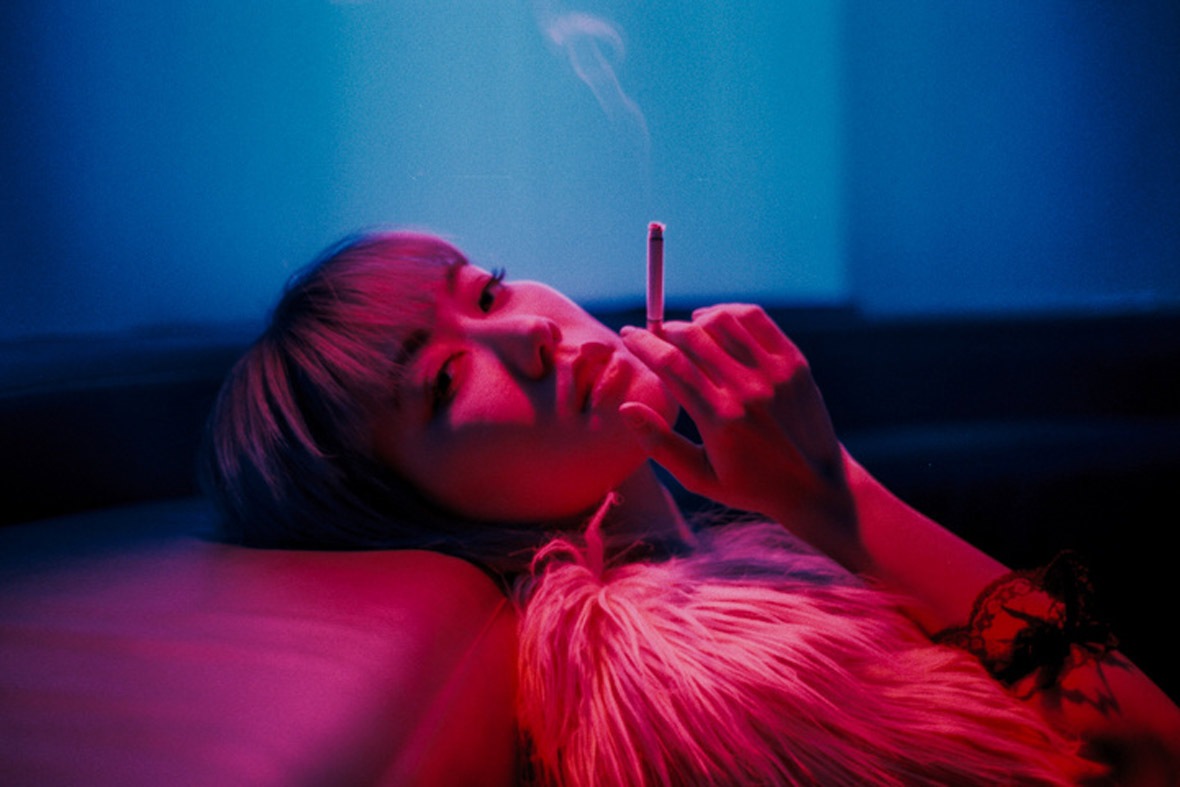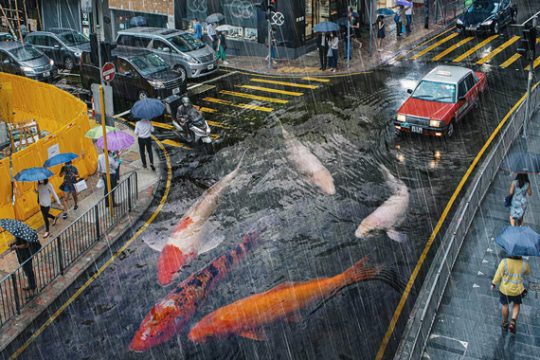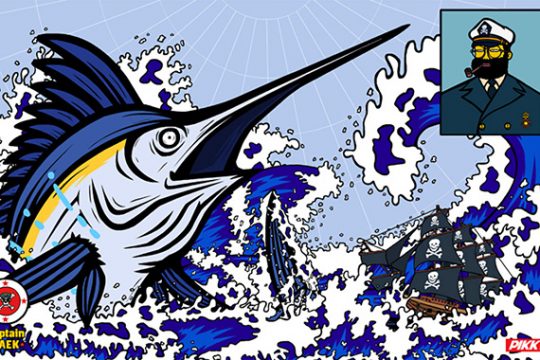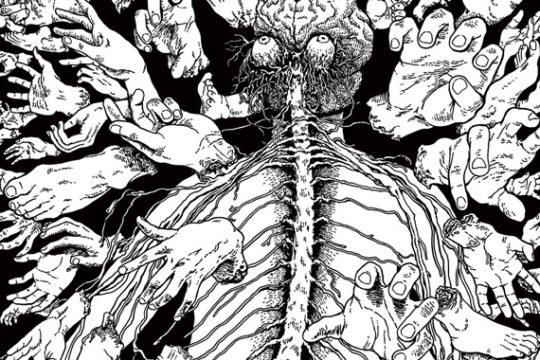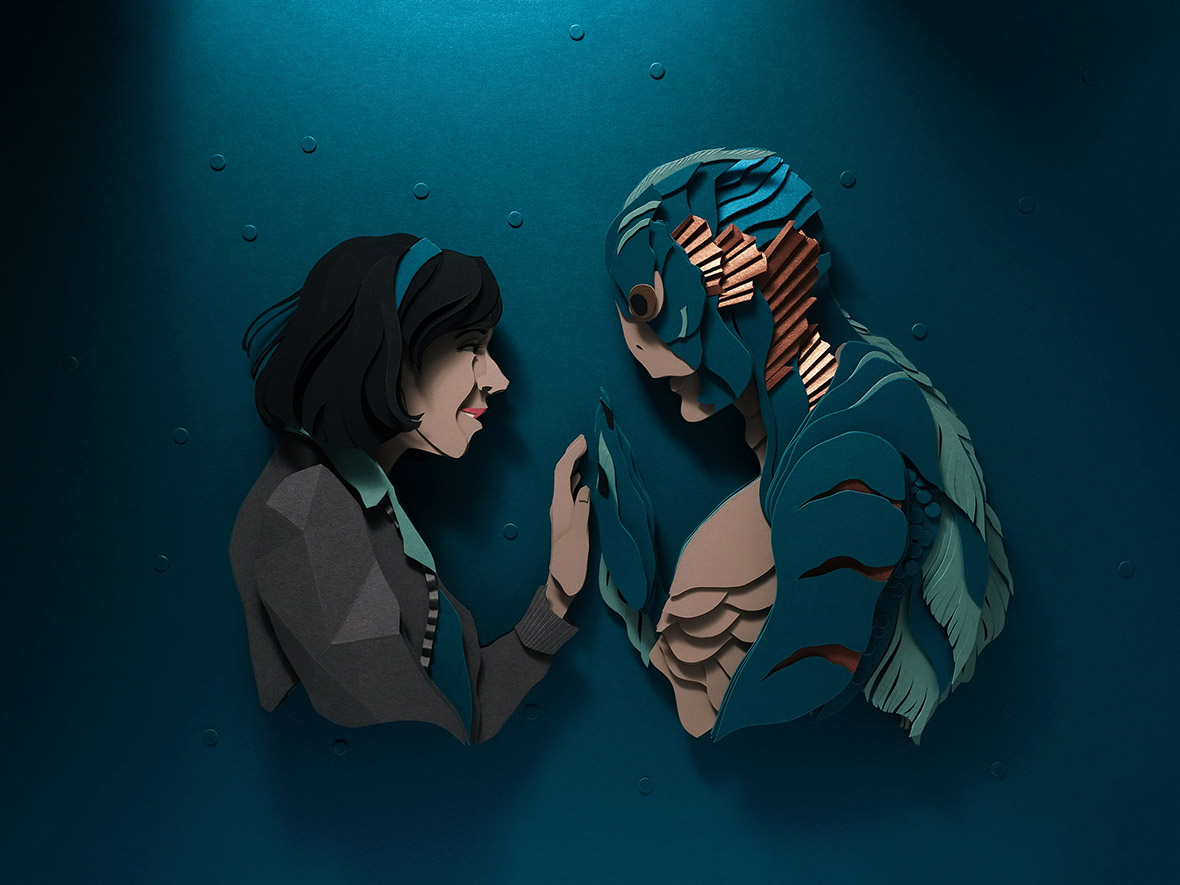
“Paper is my creative instrument of choice,” says Filipino visual artist John Ed De Vera. “It’s a tactile medium, and it’s flat, but you can make it multidimensional.” His body of work, comprised of portraits of celebrities and political figures, all depict their real-life counterparts with uncanny accuracy.
“纸,作为媒介是可触的。虽然平坦无奇,但你也可以让它变得立体。”John Ed De Vera 说。这位来自菲律宾马尼拉的艺术家,他的作品,从著名演员到国家元首,无不涉猎,无不传神。“纸,已经变成了我的墨水。”
A few years back, a typography craze swept over the Filipino creative scene. But during this time, rather than following the trends, De Vera sought to create something original. Combining his passion for illustration and paper art, he looked to reimagine the dimensional possibilities of the two mediums. “I remember doing a mixture of illustration and typography design on Create Your Future, and it gained a lot of traction when I posted it online,” he recalls. “At the time, I just wanted to test for myself if I can ‘illustrate’ something purely out of paper.”
几年前,菲律宾当地的工艺美术界对字体排版产生了浓厚兴趣,而 John Ed 则想要寻求突破,他选择把注意力转移到插图上,对纸张的热爱,让他重新思考它在维度上的呈现。“我记得做了一个混合的插图和文字与我的作品‘创造你的未来’,当我在网上发布后,收集到了很多关注。我想测试一下我是否能用纯粹的纸来‘描绘’一些画面。”
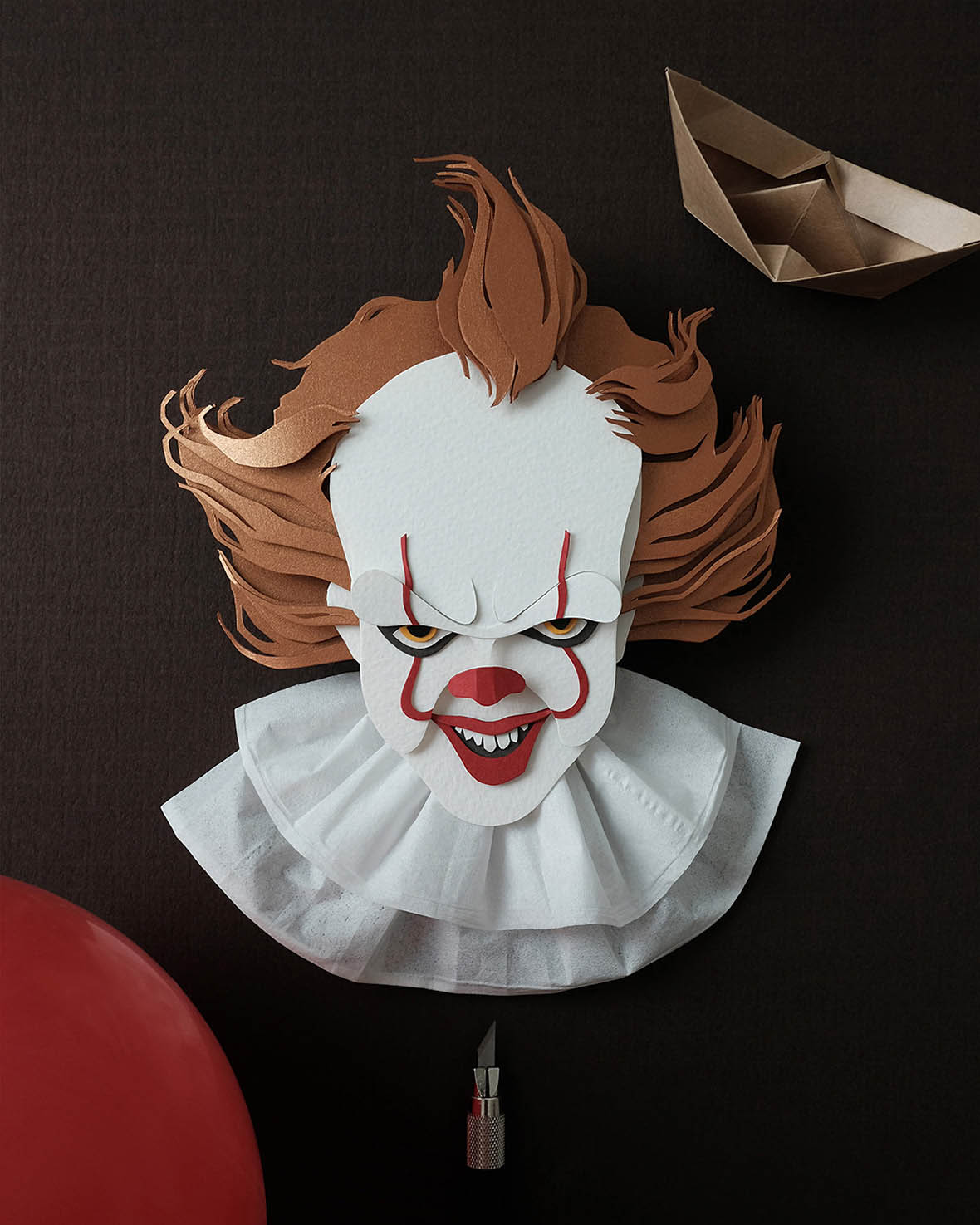
De Vera considers David Bowie’s passing as the event that truly led him to create paper-cut portraits. “He was someone who moved me, so I was compelled to create a tribute portrait of him,” he explains. “But now, when someone makes the headlines or if the news somehow affects me, I’ll make a paper-cut portrait of that person. That’s how #madethepapers was born. […] But I feel like I can draw inspiration from anywhere as long as it’s something that touches or inspires me.”
John Ed 的剪纸肖像真正开始的时刻,是那时大卫・鲍伊的死讯传遍全球的时候。“我当时感触颇深,也因此创造了他的剪纸肖像。以至于现在,但凡有人登上头条新闻,如果消息在某种程度上影响了我,我也会给那个人做剪纸肖像。这就是为什么 #madethepapers 系列诞生的原因……作品的人物角色,我可以从任何地方汲取灵感,只要它感动或激励到我的话。”
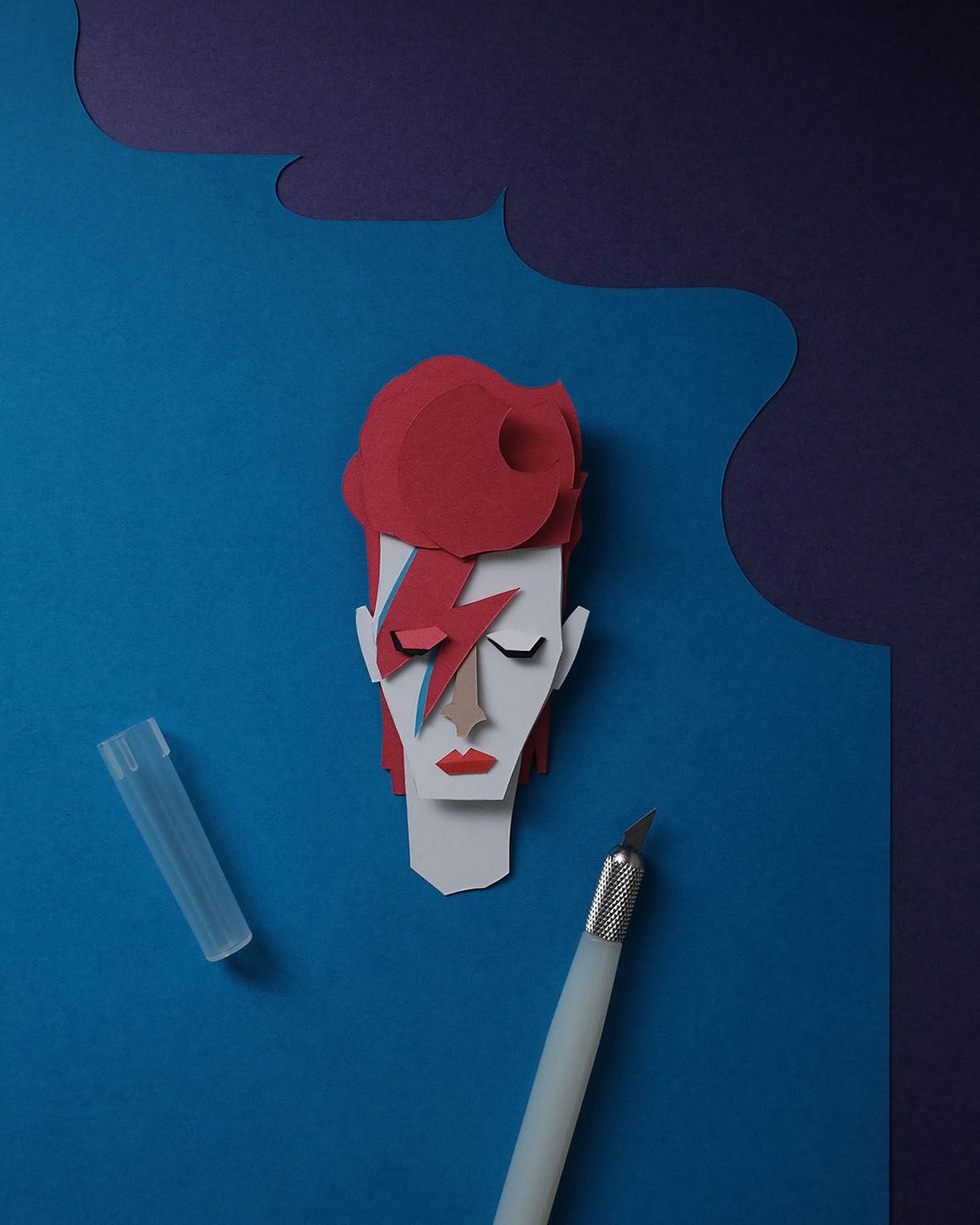
For every project, De Vera begins with a preliminary sketch. Once complete, he’ll begin planning the colors, layering, and other miscellaneous details. Only once all the framework is laid out will he begin cutting and piecing together the actual portrait. “I like using 270 gsm paper, which can be bought almost anywhere. Through folding and layering, the work will start taking dimensions.” De Vera explains, “But perhaps, the most fascinating aspect of paper as a medium goes beyond its inherent qualities. To me, it’s a vehicle that allows people to enjoy art as something tangible and interactive.”
John Ed 会在开始剪纸前会把它们画下来。当对图片呈现满意的时候,John Ed 就会计划的纸张的层次和颜色,敲定图纸的细节,然后把画像转移到实际的纸上,“我会折叠一些图层,以添加一个小的维度。我使用 270 gsm 和以上厚度的纸张,它们几乎随时随地都可以买到。”John Ed 说,“也许,除了纸张本身的质量,最吸引人的地方,正是经由人手把这种可触的实质之感传递出来。”
